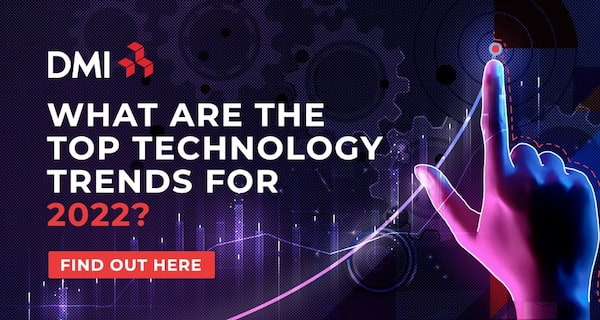
These Healthcare Innovations Are Poised to Transform Patient Experience
The pandemic changed how healthcare organizations deliver end-to-end customer and internal employee experiences. We’ve seen innovation in virtual care and remote work, as well as increasing reliance on artificial intelligence, machine learning, and RPA.
Business composability will be the key to adopting these new frameworks and methodologies. Composability is made of composable thinking, business architecture, and technology. It’s an approach for businesses to be more agile in a changing market and to pursue value streams.
Let’s learn what healthcare innovations are ahead in 2022 and how it relates to composability.
Technology in Different Layers of a Healthcare Ecosystem
Healthcare organizations need to invest in new technological capabilities in layers across their ecosystems. According to McKinsey, three of these specific layers are:
- Engagement
- Intelligence
- Infrastructure
The engagement layer houses shared digital platforms, compelling patient experiences, and new payment models. In healthcare, typical engagement offerings could be appointment scheduling, transportation assistance, daily health monitoring, and financial assistance. Other engagement systems can include search, wearables, eCommerce, behavioral health apps, and IoT.
The intelligence layers employ systems that convert data into actionable insights to drive business decisions. Data liquidity will play an important role — that is, the ability to access, process, and manipulate standardized data sets. This enables the intelligence layer’s analytical capabilities with machine learning, natural language processing, artificial intelligence, and big data analytics. The results? Better patient risk identification, clinical pathway development, and personalized and precision medicine.
The infrastructure layer will also rely on data liquidity. Through data liquidity, multiple different stakeholders can operate on the same data sets. This means stakeholders access a complete patient record including data from the patient, provider, health and wellness, and financial information.
A Deeper Dive Into The Specific Technologies that Will Matter
The biggest digital healthcare innovations in 2022 are:
- Consumer apps and wearables. Previously, patients relied on healthcare organizations to provide data about their health. Now, they can track them through devices like Fitbits and smart thermometers.
- AI and machine learning. Tools like chatbots can be immensely helpful in both patient-facing and backend roles. They can answer patient questions and provide intelligent answers to manage the patients’ experience, and help with scheduling appointments. They also have the potential to be an asset in areas like auto-populating patient forms, billing, and collecting insurance information.
- IoT. In healthcare, IoT could make it possible to gather data from wearables, smartwatches, thermometers, etc—at once. Scientists could use that data to discover disease clusters and target them accordingly.
How Composability & Healthcare Innovations Relate
If you’ll recall, composability is about thinking, business architecture-related, and technology-related practices. Gartner’s research shows that healthcare providers are reluctant to let go of traditional thinking, which hinders their composability.
The research suggests that healthcare providers should take the opportunity to improve on these thinking practices. Healthcare organizations can achieve composable thinking by:
- Proactively spotting threats and opportunities
- Enable more independent decision-making
- Encourage independent teamwork
Data showed that healthcare delivery organizations were strongest in the area of business architecture. Over half of organizations said they successfully designed business processes in parallel with technology capabilities. One suggested area of improvement is sharing accountability among IT and the business.
Healthcare organizations were the weakest when improving technology-related practices for composability. In 2022, HDOs will be able to enhance their development techniques, establish easy sharing of ideas cross-functionally, and better integrate their analytics, data, and application components.
Overall, the positive sign in the research is that the early majority of healthcare providers are taking small steps to composability, particularly with their business architecture.
New Thinking & Practices for 2022
Organizations are still in flux right now, but with gaps and retired methods come opportunities for new ones in 2022. DMI Insight can improve composability for organizations to become more agile and competitive in the market. For more expert analysis, download The Top Technology Trends for 2022.
![[FREE RESOURCE] 10 Technology Trends You Need to Know](https://no-cache.hubspot.com/cta/default/8444324/70f3087e-225d-45f6-bb20-e5ed06bf0834.png)
